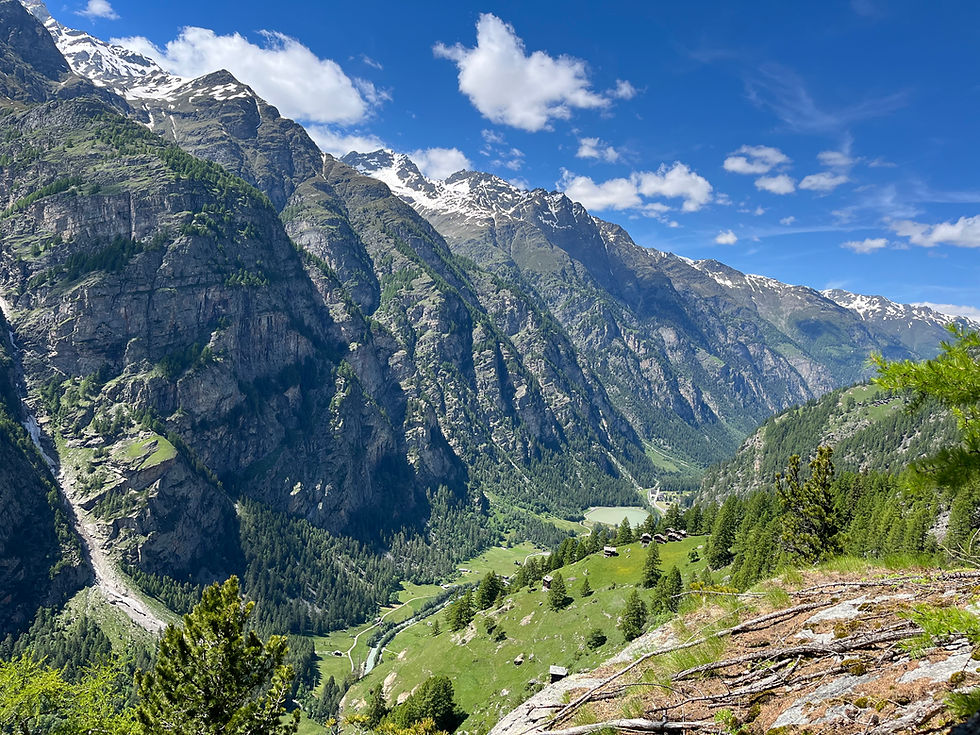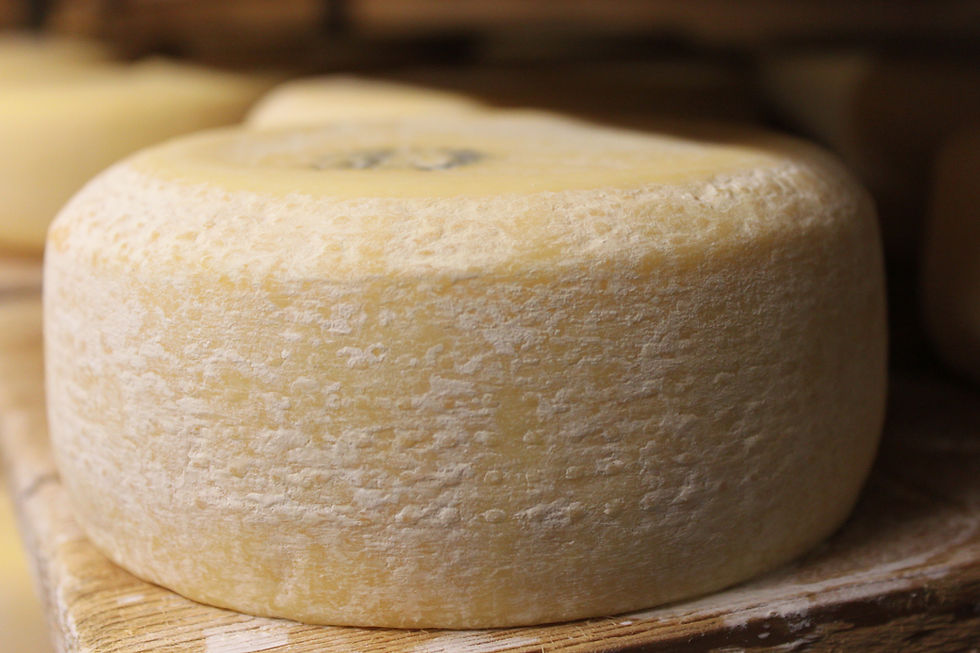The Iconic Swiss Companion
- tomwilky
- Feb 5, 2024
- 3 min read

The wonderful St. Bernard dog. Note Matterhorn in background. Get in touch if you'd like to trek the Tour of the Matterhorn!
Nestled within the picturesque landscapes of the Swiss Alps is a breed of dog that not only captures the hearts of locals but has also become a symbol of Swiss tradition and hospitality. The Traditional Swiss Mountain Dog, often romantically depicted with a small barrel around its neck, is a charming and iconic canine companion that has etched its paw prints into the rich tapestry of Swiss culture.
The Breed's Origins
The Traditional Swiss Mountain Dog, commonly known as the St. Bernard, traces its origins back to the Swiss Alps, where it was originally bred for rescue work. With a history dating back several centuries, these noble dogs were indispensable to monks in the St. Bernard Hospice, situated in the Great St. Bernard Pass. Endowed with strength, intelligence, and an innate sense of direction, these dogs were trained to locate and rescue travellers stranded in the treacherous mountainous terrain.
Joseph and Zephir
In 1955, a 12-year-old boy named Joseph was lost in a snowstorm near his home in the Swiss Alps. The search and rescue team dispatched St. Bernard Zephir to find the boy. Zephir located Joseph after hours of searching and kept him warm until human rescuers could arrive. This real-life rescue story highlighted the dogs' exceptional sense of smell, navigational skills, and ability to provide comfort in life-threatening situations.

Cute! It's a puppy St. Bernard
The Little Barrel Tradition
One of the most endearing and iconic features of the Traditional Swiss Mountain Dog is the small barrel often seen hanging from its collar. While it may seem like a whimsical accessory, this barrel carries a deeper cultural significance. The small wooden cask, typically filled with brandy or other warming spirits, served as what was thought at the time to be a practical tool for rescuers.
In harsh alpine conditions, where temperatures could plummet dangerously low, the St. Bernards were equipped with these barrels to provide a measure of comfort to the stranded individuals. The brandy inside the barrel was meant to offer the stranded individuals a momentary reprieve from the biting cold. Note: we now know today that while a brandy can be a wonderful tipple of an evening POST-walk, it is absolutely not a helpful drink in a survival situation!
Symbol of Swiss Hospitality
Beyond their historical role as rescue dogs, the Traditional Swiss Mountain Dog has evolved into a symbol of Swiss hospitality and warmth. The image of a St. Bernard with a little barrel around its neck has become an enduring representation of the Swiss Alps, often featured in postcards, advertisements, and folklore. Today, these gentle giants are beloved not only for their historical significance but also for their gentle nature and loyal companionship.
Modern-Day St. Bernards
While the need for rescue dogs in the Alps has diminished over the years, the charm of the St. Bernard endures. Modern-day St. Bernards are often found as beloved family pets, therapy dogs, and even participating in dog shows. Their friendly demeanour, distinctive appearance, and the iconic barrel continue to make them a source of fascination for dog enthusiasts worldwide.
Conclusion
The Traditional Swiss Mountain Dog, with its rich history and charming traditions, stands as a testament to the resilience and warmth of the Swiss people. The image of these noble dogs, adorned with a little barrel around their necks, is a timeless reminder of a bygone era while also celebrating the enduring spirit of man's best friend. Whether you encounter one on the slopes of the Alps or as a family pet, the Traditional Swiss Mountain Dog continues to enchant and captivate, embodying the heart and soul of Switzerland.
If you're interested in a mountain walking trip in Switzerland, irrespective of whether you are a beginner or super-fit endurance athlete, get in touch to discuss how Mountain Coach can support your dream alpine itinerary see our trips on the website.




Comments